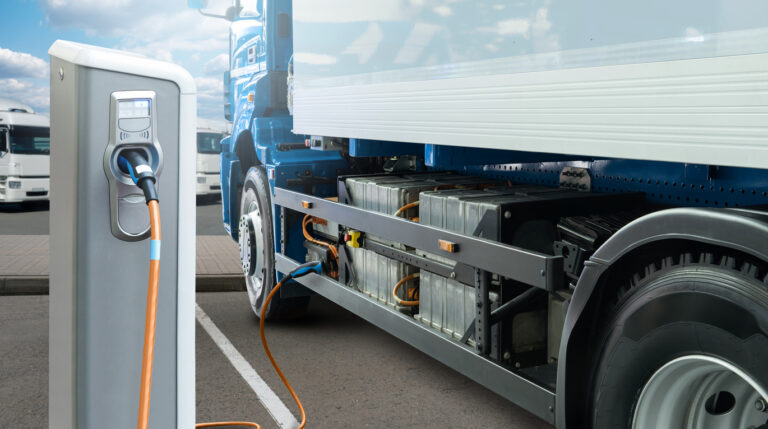ATLANTA, Ga. — While fleet efficiency is leading the drive towards electrification, questions remain about how to overcome some of the concerns around EV charging infrastructure and battery range for heavy-duty vehicles.
A new Altitude by Geotab study analyzed 2024 aggregated data from connected commercial vehicles, revealing that 58% of medium-duty trucks and 41% of heavy-duty trucks may be ideally suited for electrification because they drive less than 250 miles between visits to their depots.
Fleets Looking to Evolve
“Fleets are increasingly seeking cost-effective solutions,” the study said. “Electric trucks offer lower fuel and maintenance costs, making them an attractive option for improving efficiency and sustainability. According to Geotab’s recently launched Sustainability Report, the number of Geotab-connected EVs grew by 63% year-over-year and those commercial EVs traveled over 700 million miles (over 1 billion kilometers).”
The Altitude study focused on medium-duty (Classes 3-6) and heavy-duty (Classes 7-8) trucks and data from driving patterns, routes, distances and stops to determine the feasibility of electric truck adoption and identify strategic locations for charging infrastructure.
Key Insights
- Shorter distances and charging needs: The study reveals 41% of heavy-duty trucks drive short distances (less than 250 miles), making them promising candidates for electrification. Understanding duty cycles and stop durations helps determine charging windows and infrastructure requirements.
- Strategic infrastructure placement: Starting with depot-based charging provides a strong foundation, but understanding existing truck stop locations and truck driving behaviors is crucial to maximize the opportunity for wider electrification. But to scale effectively, we must understand where trucks already stop and how they move.
- Collaboration is essential: Successful electrification requires close collaboration between fleet operators and utilities. Utilities need to anticipate and prepare for increased electricity demand and provide the necessary infrastructure to support electric truck adoption.
“The trucking industry is undergoing a significant transformation, driven by the need for efficiency, sustainability, and economic benefits,” said Nate Veeh, assitant vice president of Market Development at Altitude by Geotab. “Our analysis reveals that a substantial portion of medium- and heavy-duty trucks have daily driving patterns that are well-suited for electrification, where they wouldn’t need to drive more than 250 miles between charges. By using data insights, utilities and other key stakeholders can pinpoint where truck concentrations are and understand their aggregate driving behaviors, to make informed decisions in terms of truck electrification and the subsequent demands on energy grids and location of EV charging networks.”
For more information, please visit https://altitude.geotab.com/insights-and-customer-stories/outlining-the-path-toward-trucking-electrification/













